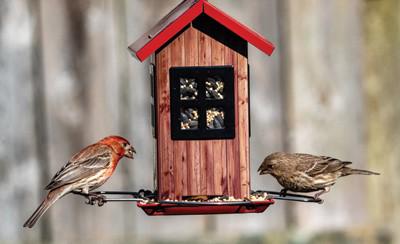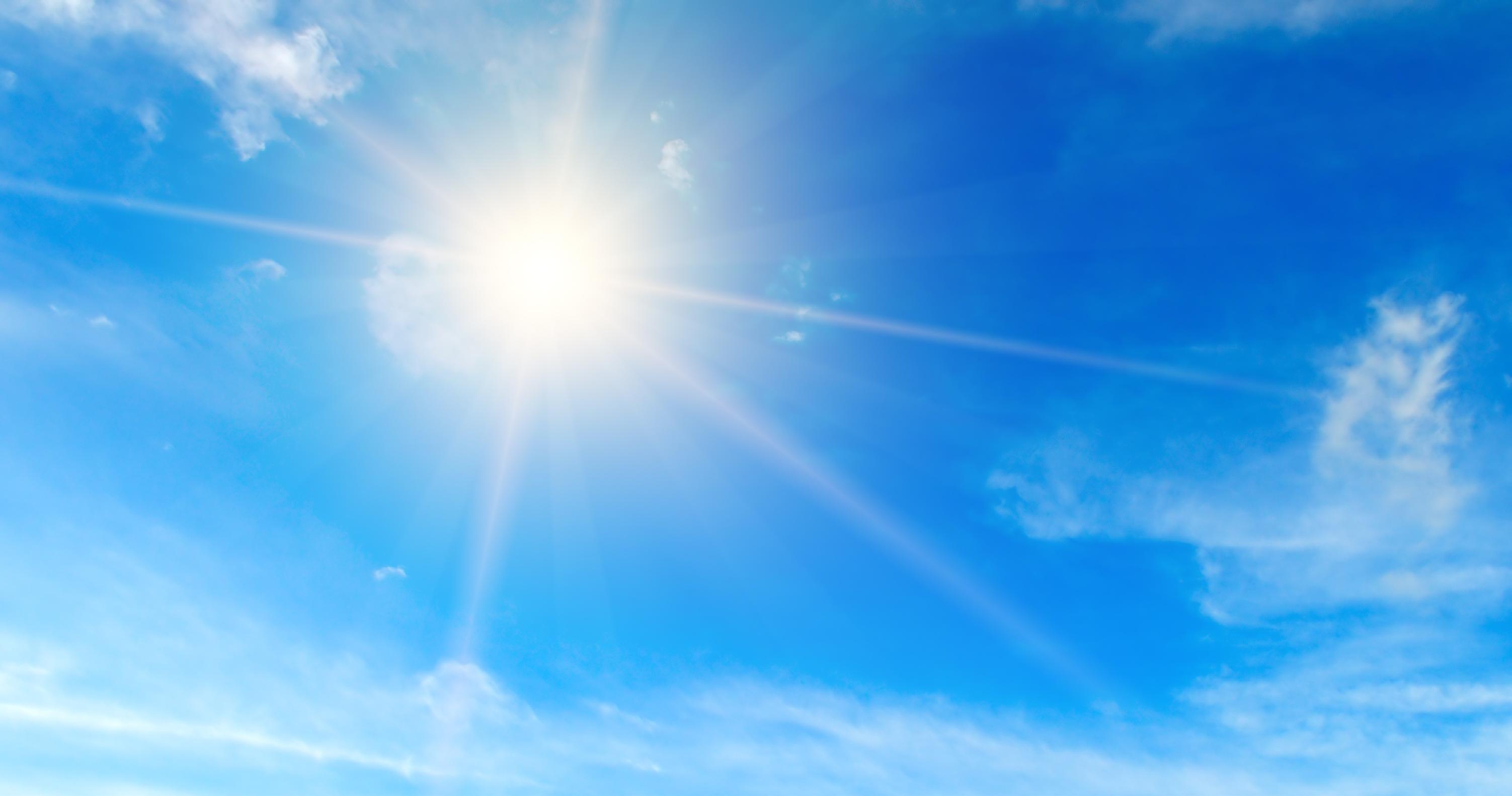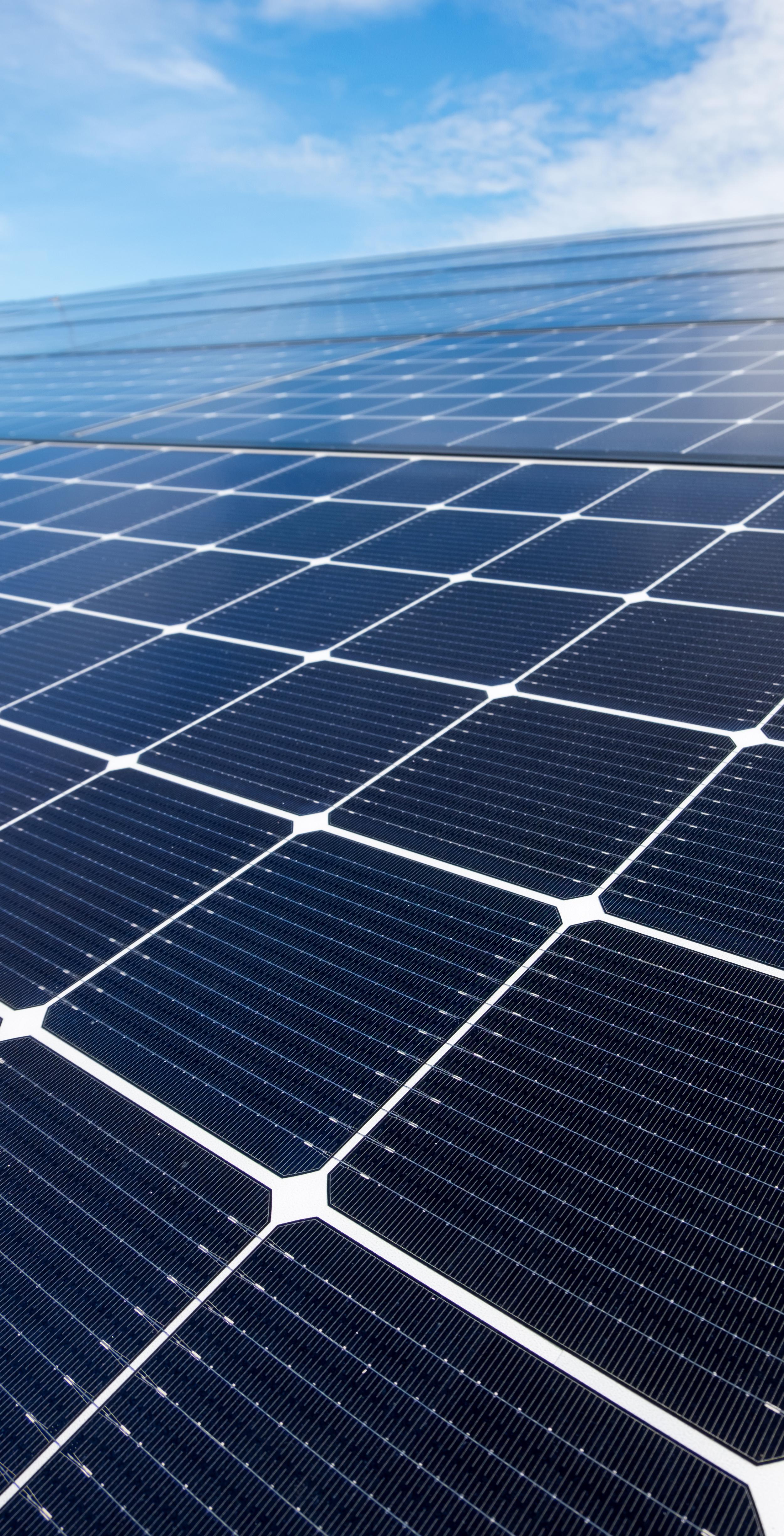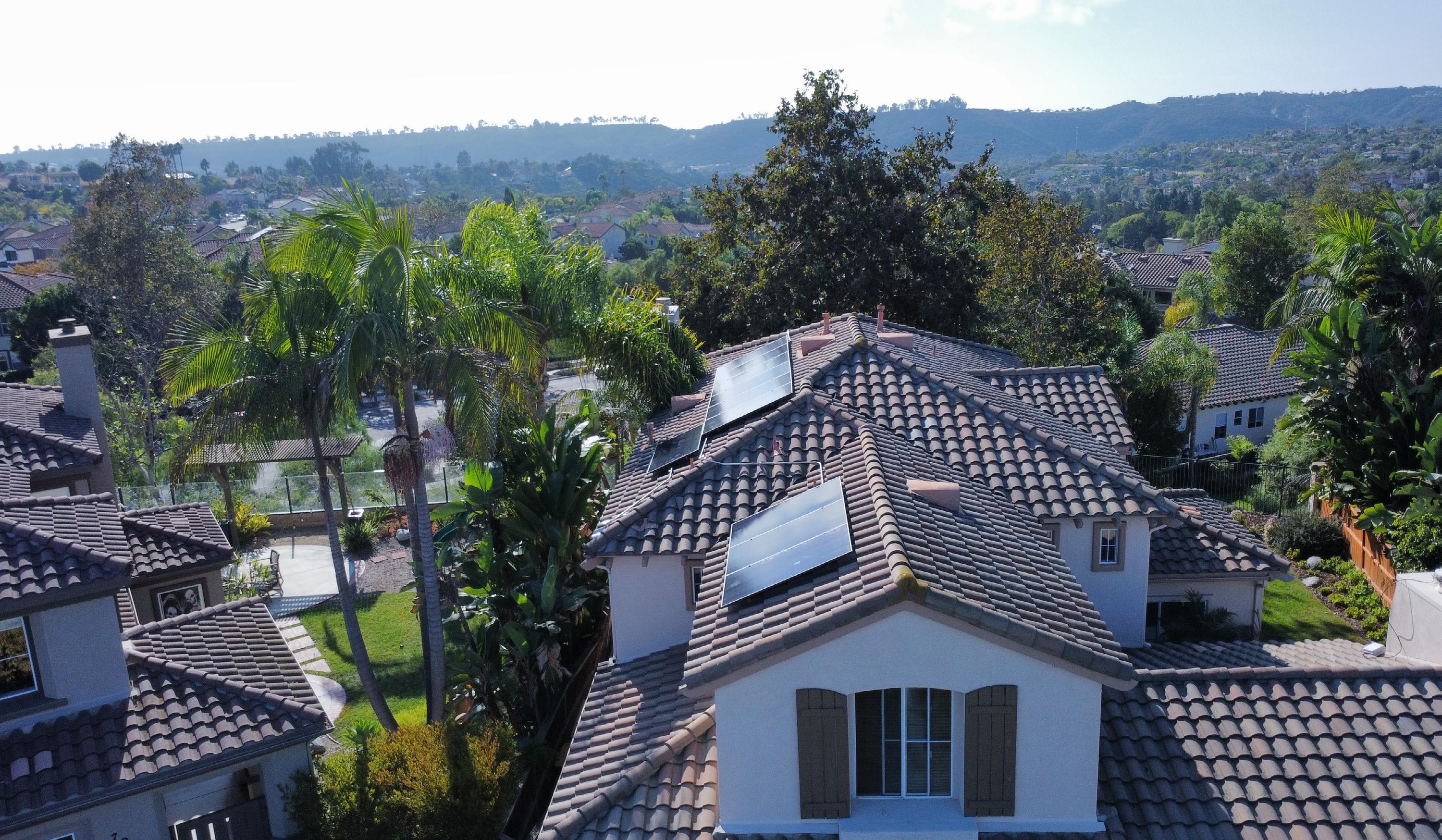
3 minute read
ATTRACT
Knowing what kinds of seeds different birds like can help you attract a variety of fine feathered friends to your feeders.
Consider these popular seed types and the common backyard birds they attract:
SUNFLOWER
Black sunflower seeds attract blue jays, goldfinches, woodpeckers, purple finches, chickadees, titmice and nuthatches. Striped sunflower seeds appeal to chickadees, doves, grosbeaks, northern cardinals, nuthatches, titmice and woodpeckers. Sunflower hearts (also known as “hulled sunflower” and “sunflower chips”) attract chickadees, common redpolls, juncos, doves, easier to maintain and may be all you need if you wish to grow just a few plants.
3. UNDERSTAND THE IMPORTANCE OF QUALITY SOIL You may think any dirt will do, but keep in mind the soil you plant in will be the primary source of nutrients for your produce. Not only that, but quality soil provides stability so plants can root firmly and grow healthy and sturdy to support their bounty. Quality soil also allows for ample drainage. Organic matter like compost, leaf mold or aged manure all help improve soil quality.
4. KEEP WATER CLOSE Lugging water can quickly eliminate the pleasure of tending your garden, so be sure you’re situated near a hose. You’ll know it’s time to water when the soil is dry about an inch below the surface.
5. PLAN FOR PLENTY OF SUN A bright, sunny spot is a must, since most vegetables, herbs and fruits depend on six or more hours of sun every day. Remember the sun’s path changes throughout the year, and as trees and foliage grow, they may produce more shade with each growing season.
6. CONSIDER WHAT YOU'LL GROW Starting with veggies you know you like is a smart starting point since you’ll be pouring sweat equity into making them grow. Over time, you might add new varieties, but early on, keep your focus on foods you know you like so you can see a meaningful return and avoid waste. You’ll also need to consider what you can grow finches, goldfinches, grosbeaks, nuthatches, pine siskins, titmice and woodpeckers.
WHILE ALMOST ALL BIRD SEED MAY LOOK PRETTY MUCH THE SAME TO YOU, IT DOESN’T TO THE BIRDS YOU’RE FEEDING.

Nyjer
These lightweight, tiny seeds are a favorite of goldfinches. Put nyjer seeds in a hanging feeder with tiny holes so the small seeds won’t get blown away. Nyjer also attracts redpolls, juncos, doves, indigo bunting and pine siskin.
Safflower
These white seeds are slightly smaller than black sunflower seeds. Because they are bitter, grackles, blue jays, starlings –and squirrels – don’t like them. However, they do attract doves, purple finches, chickadees, titmice and downy woodpeckers.
White Millet
Good for scattering on the ground, white millet attracts ground feeders such as juncos, sparrows, indigo buntings, towhees and mourning doves.
Cracked Corn
Popular with ground feeders, cracked corn appeals to doves, crows, jays, sparrows, juncos and towhees. Avoid getting finely cracked corn as it’s vulnerable to rot and can quickly turn to mush.
When choosing a bird seed mix, pay attention to the ingredients list on the package. Bird seed is required by law to list ingredients in order of content. Some cheaper mixes have filler seeds such as to maturity within your area’s growing season. If necessary, you might want to start transplants you can nurture indoors before moving them outside when the temperatures allow.
7. PLANT ACCORDING TO A CALENDAR Knowing how long it takes different foods to mature will help you create a planting calendar. You don’t want to harvest everything at once, and if you stagger planting and replant what you can, you’ll have a garden that produces food for your family for a longer period of time.
Find more helpful tips for managing your home & garden at eLivingtoday.com wheat, red milo, red millet or “assorted grain products.” Most backyard birds won’t eat those, and your seed mix could end up wasted on the ground.
Find more helpful tips for managing your home & garden at eLivingtoday.com
If you’ve hesitated about solar before or heard about missing some deadline for NEM 2.0 in April, worry no more. Solar is only going to make more and more sense.

HERE'S WHY:
Planned SDGE increases over the next FOUR YEARS:
2024 17.6% 2025 10.5% 2026 9.2% 2027 7.7%
Gain CONTROL with SOLAR for 0% DOWN see if switching to solar can work for your home

Rates have tripled since 2010 and they’ll go up another 50% in the next four years. A $150 bill will be $200 in no time. A $400 bill will be $600 very soon.
Look, we know you've seen lots of statistics on solar, and you’ve likely been inundated by facts for years, but the truth is that SDGE has the highest rates in the country and they don’t plan to stop raising them.


The best parts about working with David & KOTA: return on investment unlike SDGE, where there’s none increase property value
ZERO upfront costs*


OWN YOUR POWER free up cash flow for other projects rate protection / no subcontracting safe batteries included (from Storz, Enphase, or Franklin WH) keep the party going during blackouts! friendly, nature-loving Carlsbad-based installer 25 years of maintenance & warranty included qualify for Federal Tax Credit

*Not all homes qualify, but most see an immediate reduction in monthly energy bills with zero upfront cost. We help you navigate the process.











